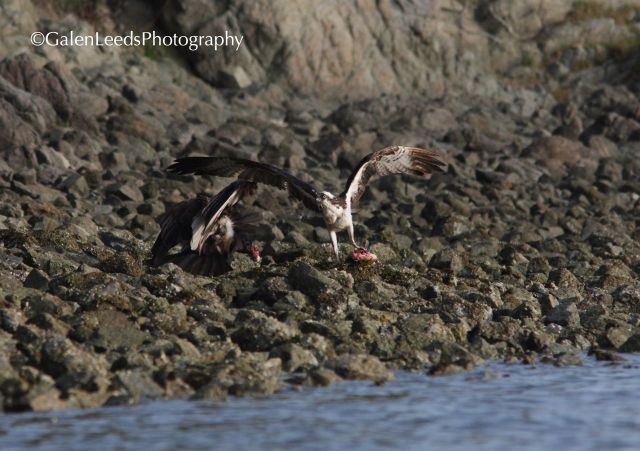The Turkey Vulture is one of those ubiquitous birds that is seen throughout the states during the warmer months, but disappears during the winter and cold. Some areas, such as the California Coast and lower inland areas that don’t see much snow will have the vulture around for much of the year.
They are much maligned, but are actually a rather interesting and very useful bird. They serve a necessary, if rather gruesome purpose in helping to remove the dead in a quicker, less odiferous manner. They are interesting in their design.
The vulture can glide better than almost any mainland bird in the U.S. Other birds see them soaring, circling up on a thermal, and will fly over to enjoy the same thermal, because they know that the vulture is the best at finding them. You will see them aloft and soaring, before most birds can even think of gliding, because they can make use of the least air current… A mouse fart would almost be enough for them to glide on.
They wobble in the air, as they glide along, looking somewhat clumsy, but it is because they are often pushing their flight to the very limit, getting everything out of an airstream until they try for a little too much, push a little too hard, and it fails on them, causing that wobble.
If they are aloft in large numbers, just before or right after sunrise, I know it will be a very windy day. This has worked unfailingly for me as a wind predictor in the area that I live in. If there is enough wind, they will be riding it, and if there is enough that they are aloft in such numbers, it means it will only get stronger through out the day.
I have seen them get close to Red-tailed Hawks, Osprey and Peregrine Falcons, edging towards them and freshly caught prey, until the raptor has the choice of flying off with its meal, or leaving it for the vulture. Which is another thing- vultures can’t carry anything while they fly. At least not in their talons. They can carry a very tiny amount with their beak. Because of this they nest on the ground in crevasses, caves,or in hollow stumps when it is time to lay eggs and raise young.
They have no septum- that is, you can see in one nostril and out the other. Go back to the top of the page and have a look, you will see that it is true. They do however have a sense of smell, which is not true of many birds, especially of raptors.
Turkey vultures. Next time you see one, marvel a little.




